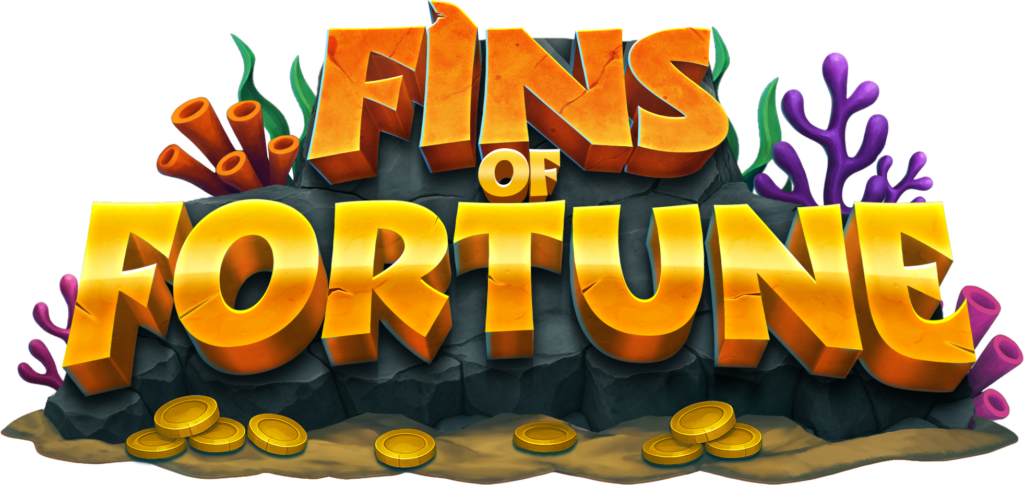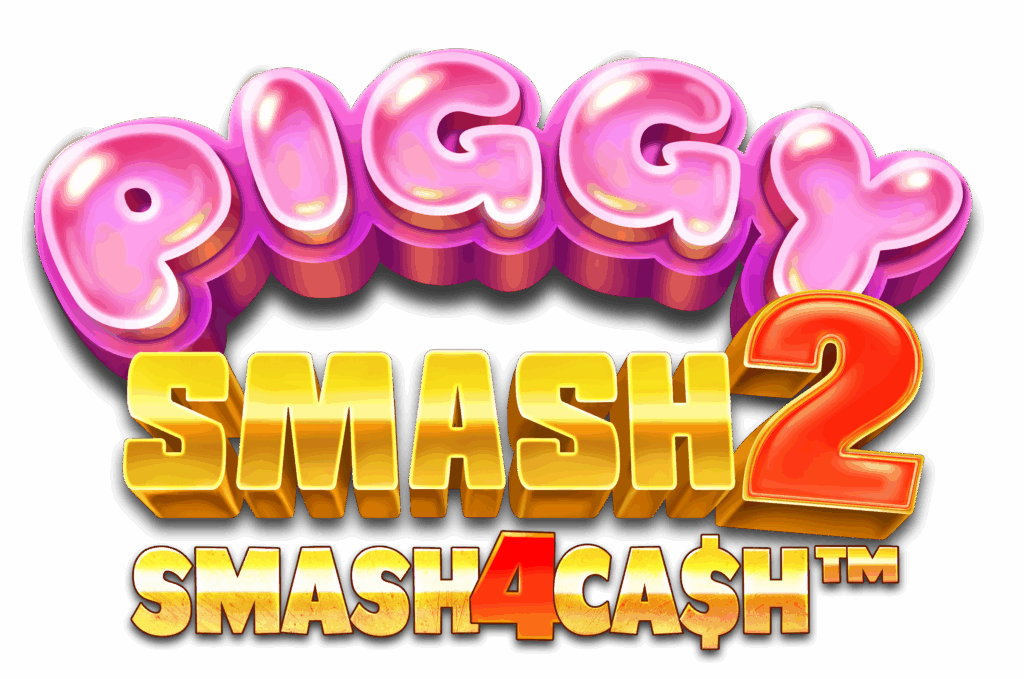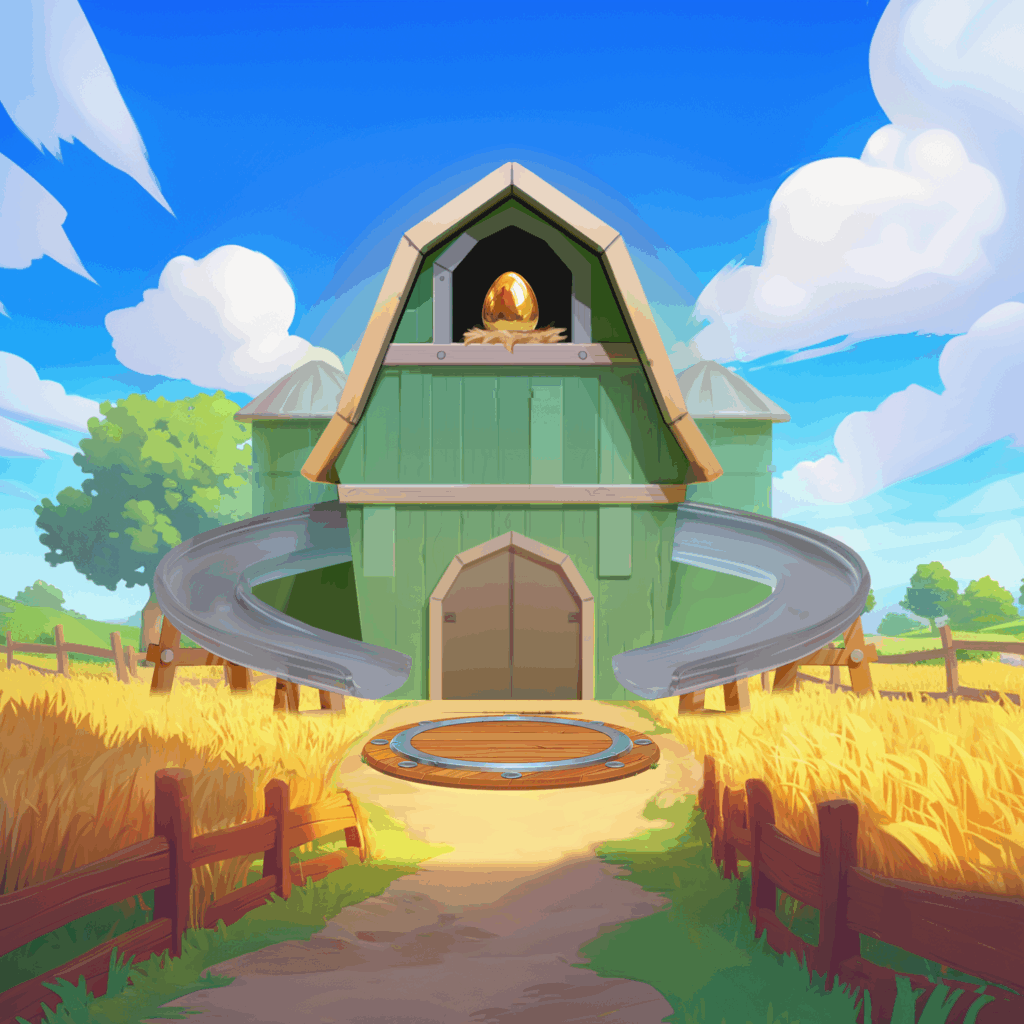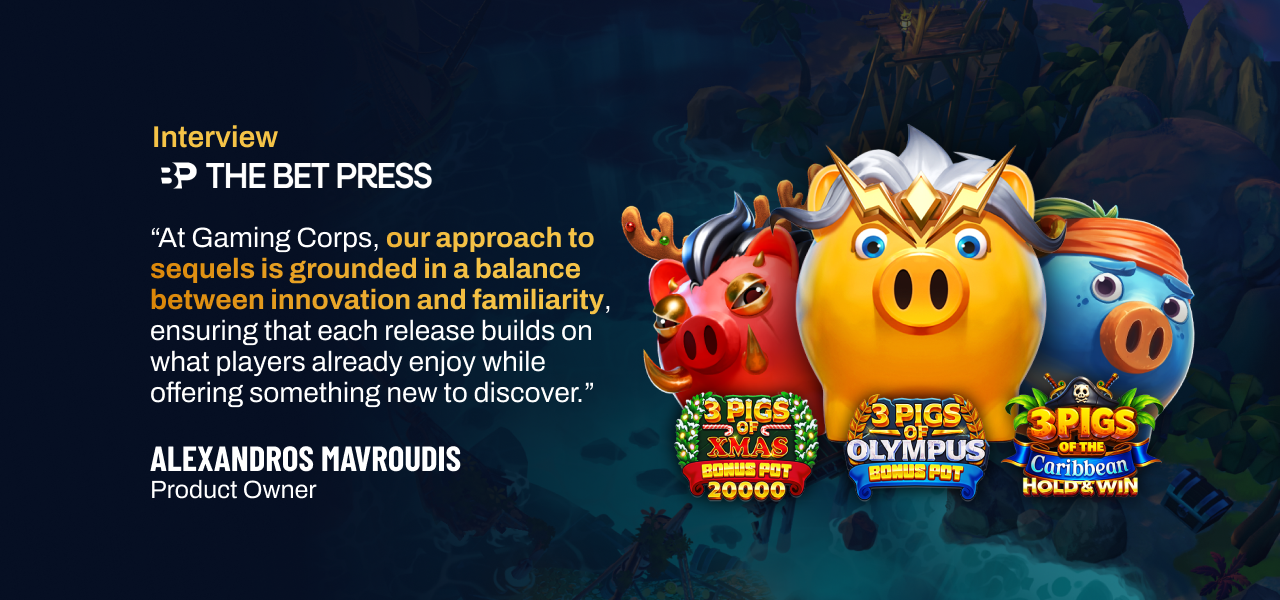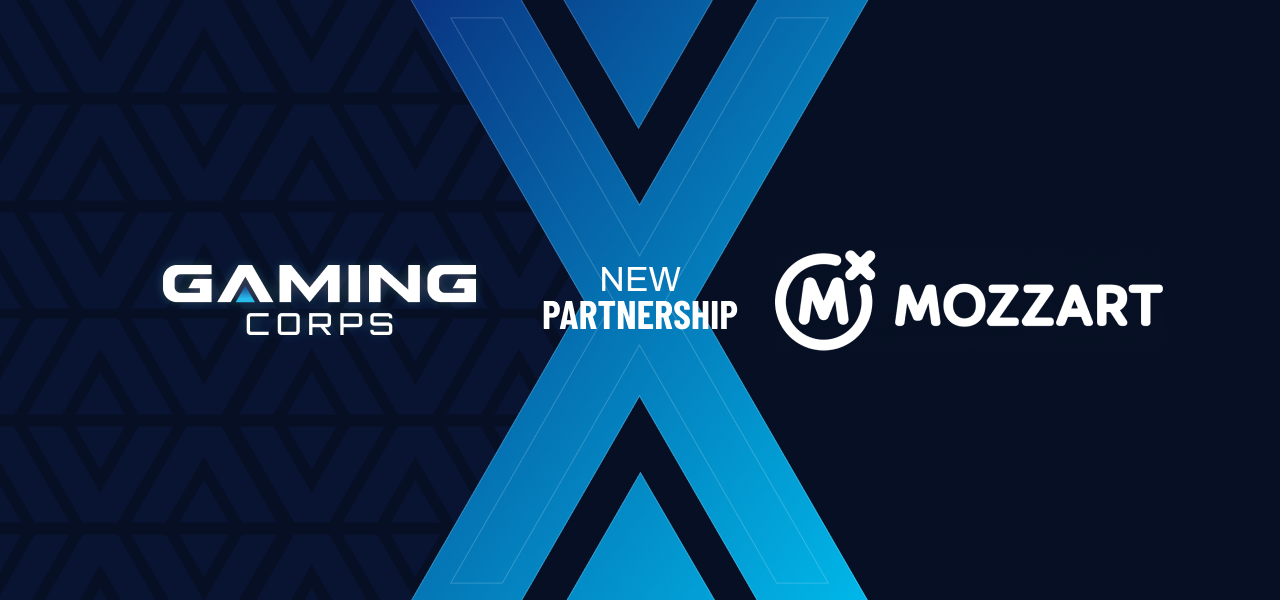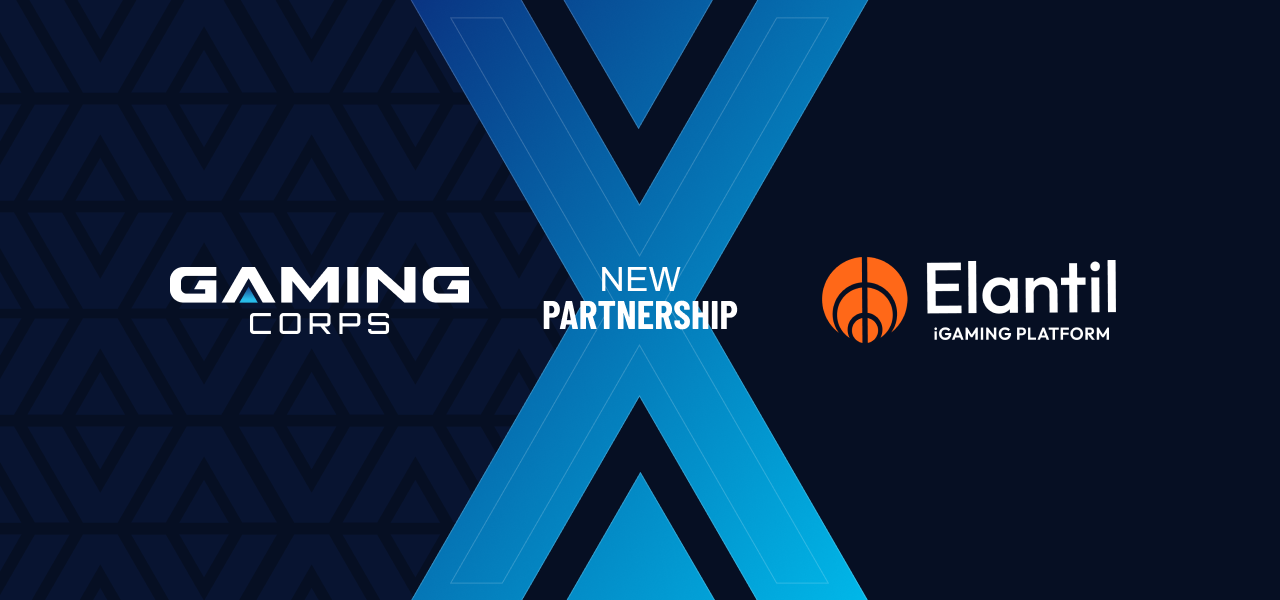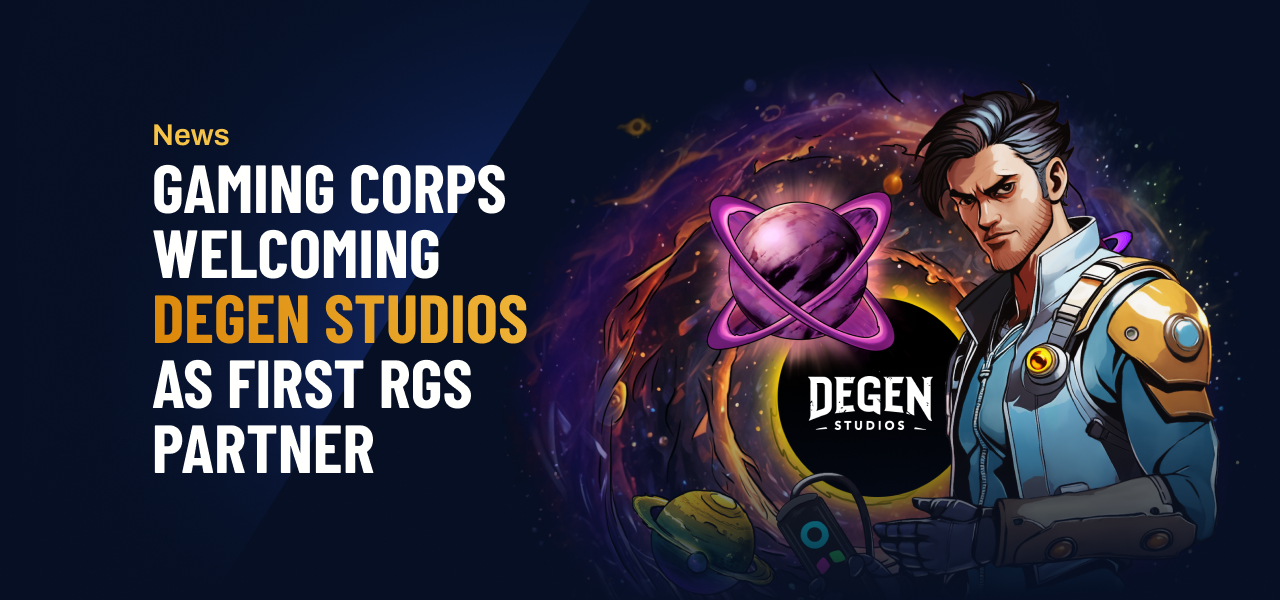Sequels have always been part of entertainment, whether in film, music, or games. In iGaming, the decision to create a sequel is never taken lightly. It’s not simply a matter of re-skin and release; rather, it is a strategic choice shaped by data, player feedback, and creative vision. At Gaming Corps, our approach to sequels is grounded in a balance between innovation and familiarity, ensuring that each release builds on what players already enjoy while offering something new to discover.
Sometimes, the decision is proactive. We may release a streamlined version of a game, anchored by a unique core mechanic, to test the waters. If the response is strong, a sequel becomes the natural next step – an opportunity to expand on the original concept and integrate features that we had in mind from the start. Other times, the decision is reactive. When a particular title attracts high engagement, we develop a sequel to refresh certain features, modernise the gameplay, and keep the experience relevant, while protecting the DNA of what made the original successful. Ultimately, it’s about balance: staying open to new ideas, attentive to industry trends, and, most importantly, responsive to player feedback.
From a production standpoint, sequels vary significantly in terms of cost, time, and resources. If a game already has an established player base, the sequel often focuses on refinement. We retain the core theme, enhance existing assets, and fine-tune the gameplay rather than starting from scratch. This approach is resource-light, but it requires precision, as even small changes can have a significant impact on how players perceive the game. Conversely, when we build on a more experimental title, the sequel can feel closer to creating an entirely new release. The outer shell is rebuilt with fresh assets, while the underlying mechanics are reinforced and expanded to deliver a more robust experience. In these cases, the sequel is resource-heavy but provides an opportunity to realise the concept’s full potential.
Performance data offers valuable insight into the impact of sequels. Retention and revenue patterns often differ between originals and their follow-ups, and not always in predictable ways. Sometimes players try a sequel but eventually return to the first title, reaffirming its place in our portfolio. In other cases, sequels outperform their predecessors, with players migrating permanently to the new experience. Revenue follows a similar pattern: a sequel that resonates can surpass the original, while one that misses the mark will show that quickly in the numbers. What matters most is not just the result itself, but the way the data helps us understand how players interact across the portfolio.
Balancing familiarity with innovation is one of the most rewarding challenges in sequel development. Too much familiarity and the game risks feeling like a copy. Too much innovation and it risks alienating players. The product’s goal determines the balance. If the aim is to align with an industry trend or refresh existing mechanics, the scales will tip in favour of continuity, with just enough new features to make it feel fresh. If the aim is to break new ground, innovation takes priority, but we still weave in familiar elements as anchors, ensuring players never feel lost when exploring a new mechanic. Successful sequels live at the sweet spot of these two forces: grounded in what works, yet willing to push boundaries
Another question is how sequels fit into the broader brand and IP strategy. In some cases, the sequel is an extension of a unique mechanic, as with Piggy Smash or Hoop Champion, where the gameplay itself becomes a subtle thread linking titles together. In others, we lean into recurring characters, themes, or visual styles to build continuity. A strong example is 3 Pigs of Olympus, where recognisable characters and a consistent style reinforce the connection across titles. In both cases, sequels serve as a bridge, reinforcing familiarity while strengthening the identity of the wider portfolio.
The lessons learned from developing sequels are many, but one stands above the rest: clarity of strategy is essential. A sequel should never be developed in isolation or simply because an original was popular. It must fit into a bigger picture, whether that means building on proven mechanics, introducing new ones, or adapting to current industry trends. When sequels are aligned with a clear strategic purpose, they not only sustain the momentum of a successful title but can also advance the brand as a whole.
For other studios considering sequels, my advice would be to embrace the complexity rather than avoid it. A sequel can be a light-touch refinement or a full reinvention, but in either case, it should add meaningful value. Understand what your players love about the original, be deliberate about what you change, and be bold enough to introduce new elements where it makes sense. Sequels aren’t shortcuts – they are opportunities to extend the lifespan of a great idea and develop it into something even more engaging.

